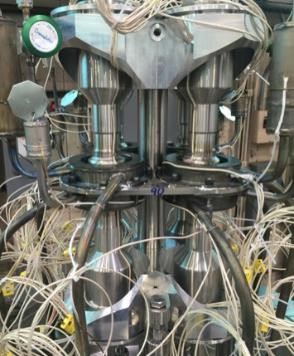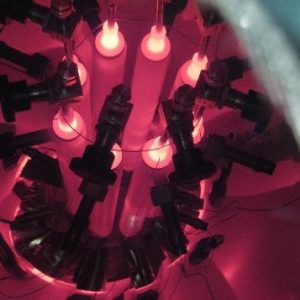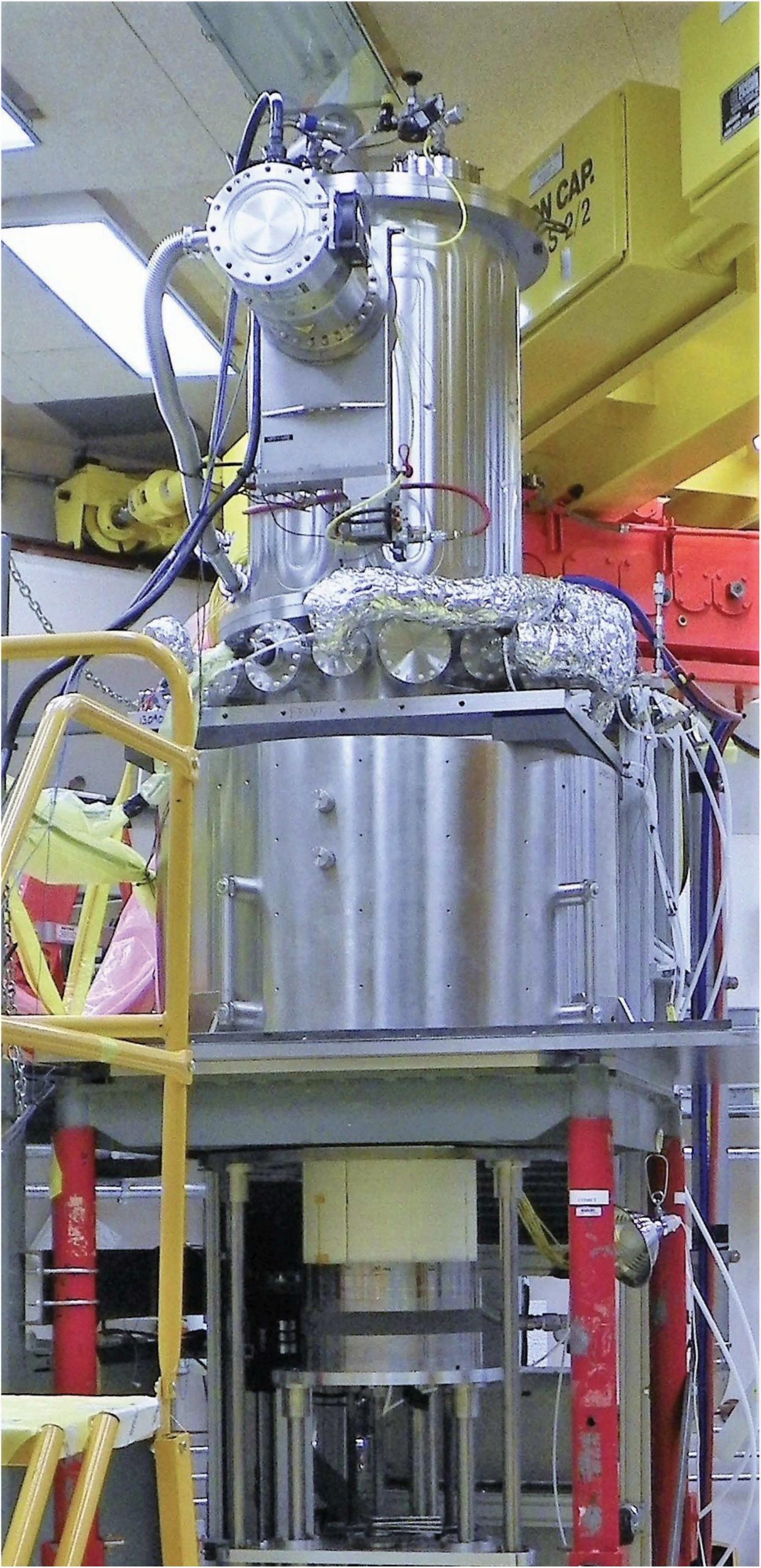Fission Surface Power (FSP) / Kilopower
Reliable, long-life power systems are among the basic requirements of any space exploration mission. NASA has relied upon plutonium-based radioisotope power systems (RPSs) for decades for deep space missions like Pioneer, Voyager, Galileo, and Cassini, where solar power was not a feasible option. RPSs provide reliable and lightweight power for missions in the 100W(electric) to 1-kW(electric) range.
Small [1- to 10-kW (electric)–class] fission power systems (FPSs) are being developed to address a major gap in NASA’s power portfolio which could enable future flagship science missions and exploration precursor missions that may not otherwise be possible.
 Under the Kilopower Project, the development of a FPS was centered on designing, building, and testing a working nuclear prototype. This technology could enable high power science missions or could be used to provide surface power for manned missions to the moon or Mars. The centerpiece of the Kilopower Project is the development and testing of a ground technology demonstration of a small FPS based on a 1-kW (electric) space science power requirement.
Under the Kilopower Project, the development of a FPS was centered on designing, building, and testing a working nuclear prototype. This technology could enable high power science missions or could be used to provide surface power for manned missions to the moon or Mars. The centerpiece of the Kilopower Project is the development and testing of a ground technology demonstration of a small FPS based on a 1-kW (electric) space science power requirement.
This test was named the Kilowatt Reactor Using Stirling TechnologY or KRUSTY test. NASA’s Glenn Research Center (GRC) led the effort to design the test. GRC also built and demonstrated the balance of plant heat transfer, power conversion, and heat rejection portions of the KRUSTY system.

NASA’s Marshall Space Flight Center (MSFC) developed the electrical reactor simulation heat source for the nonnuclear testing at GRC and the shielding for nuclear testing.
The U.S. Department of Energy’s (DOE’s) Los Alamos National Laboratory (LANL) led the design of the reactor and performed nuclear testing, the DOE’s Y-12 National Security Complex fabricated the highly enriched uranium (HEU) reactor core, and the Nevada Nuclear Security Site Mission Support and Test Services supported nuclear testing. KRUSTY was the first US space nuclear reactor power system test in over 50 years.
System Level Testing of KRUSTY

Kilopower was designed for both planetary surface power and deep space missions. In addition to surface power missions to the moon and Mars, Kilopower is also well suited for deep space missions like the Neptune/Triton, Chiron, Titan/Enceladus, Pluto, and Kuiper Belt Object Orbiters. Kilopower is also an option for the Titan Saturn System Mission as well.
The Kilopower Project has stepped through a build-and-test sequence of phases that completed the demonstration of a flight-like system operated at prototypic conditions in a relevant environment (Technology Readiness Level 5). This accomplishment establishes the readiness of nuclear-tested FPS technology for affordable, lightweight application to human and robotic exploration wherever it is needed.
The success of the Kilopower / KRUSTY test in 2018 has resulted in growing interest in the development of fission power systems for lunar and Mars surface power. The Fission Surface Power (FSP) Project is developing plans for a lunar fission powered Technology Demonstration Mission.
